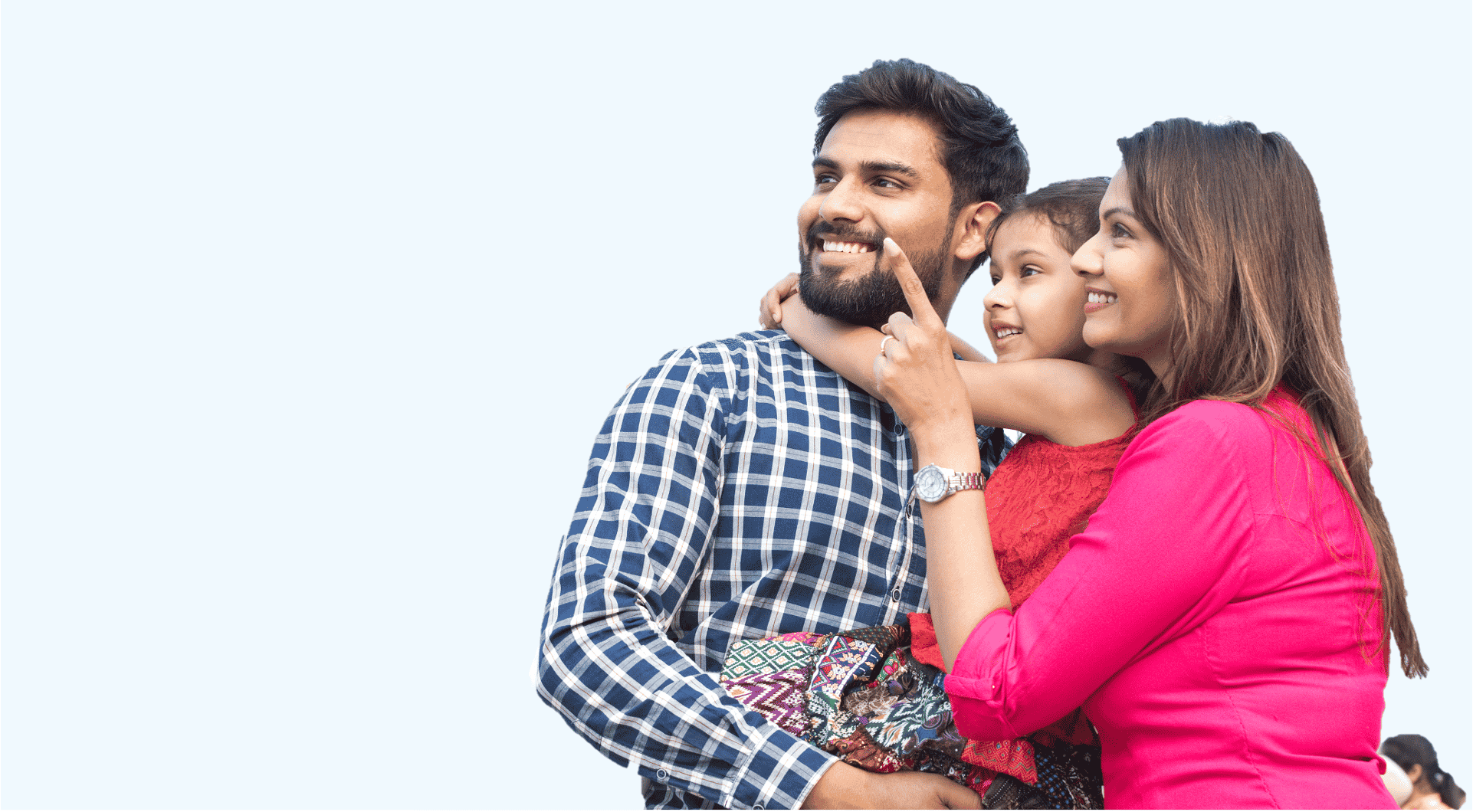BANGALORE — SAP and CleaVision have today announced an innovative new program aimed at reducing the risk of preventable blindness as a result of Retinopathy of Prematurity (ROP) in pre-term babies.
The program has been developed in India, where one-fifth of the world’s 15 million pre-term babies are born. It is estimated that, of the 3.5 million live births in India annually, over 200,000 infants are likely to suffer from the advanced stage of ROP where abnormal growth of blood vessels inside the baby’s eyes can cause bleeding, scarring, and retinal detachment ultimately leading to irreversible blindness if not detected and treated in time.
“Early diagnosis is essential as a majority of babies will recover completely if they get timely treatment for ROP,” said Chirag Gupta, co-founder of CleaVision. “With India having the highest number of premature pregnancies and the fact that there are relatively few qualified ROP practitioners, the more we can digitise and automate pre-screening the more time those practitioners can spend on actual treatment.”
The program is being piloted at Narayana Nethralaya Eye Institute in Bangalore, which pioneered the nation’s first telemedicine program for ROP in 2007. Narayana Nethralaya is ranked in the top ten eye hospitals in India, and today completes more than 2,000 screening sessions for ROP in infants every month across over 135 neonatal units in Karnataka. The program generates an enormous database of images of the retina of infants across different stages of the disease.
The CleaVision solution integrates image data processing with SAP Business Technology Platform, SAP AI Platform, and SAP Analytics Cloud to automate the identification of retina and blood vessel features and to make a recommendation on plus disease – a severe manifestation of ROP in premature babies. The screening data is then served to hospitals and can be reviewed by qualified medical professionals in the KIDROP (Karnataka Internet Assisted Diagnosis of ROP) telemedicine network. Using CleaVision technology, it’s estimated the screening program can be scaled up to further outreach and low-resource settings, saving significant time for technicians and ROP specialists.
“The diagnosis of plus disease is germane to ROP treatment decisions,” said Dr Anand Vinekar, Head, Pediatric Retina Department at Narayana Nethralaya Eye Institute. “The CleaVision deep learning automatic ROP Plus disease detection app has shown the ability to differentiate between plus and no plus disease, which is very likely to aid technicians and ROP specialists in arriving at a more accurate triaging diagnosis. That, in turn would help treat these babies on time, giving a better outcome which prevents blindness from ROP.”
“Using the power of machine learning and data analytics we can help time-pressed doctors focus on what’s most important – treating at-risk babies,” said Narayan V K, co-founder of CleaVision. “By ensuring a broader group of people can screen children more simply and more reliably, we can help technicians on the ground arrive at more accurate diagnosis. That supports our mission of minimising time to diagnosis and maximising potential for treatment.”
CleaVision is a sustainable social venture founded by Chirag Gupta and Narayan V K under the SAP 1BLives program in 2017. The CleaVision initiative uses intelligent technologies to deliver timely diagnosis for eye diseases to those without access to healthcare in developing countries. As part of the Health Delivery Platform initiative, since its inception the CleaVision team has enabled the screening of thousands of villagers across 11 villages in Uttar Pradesh, India.
Following the pilot at Narayana Nethralaya hospital, CleaVision aims to extend its reach via KIDROP network with a future goal of expanding the program across India.



